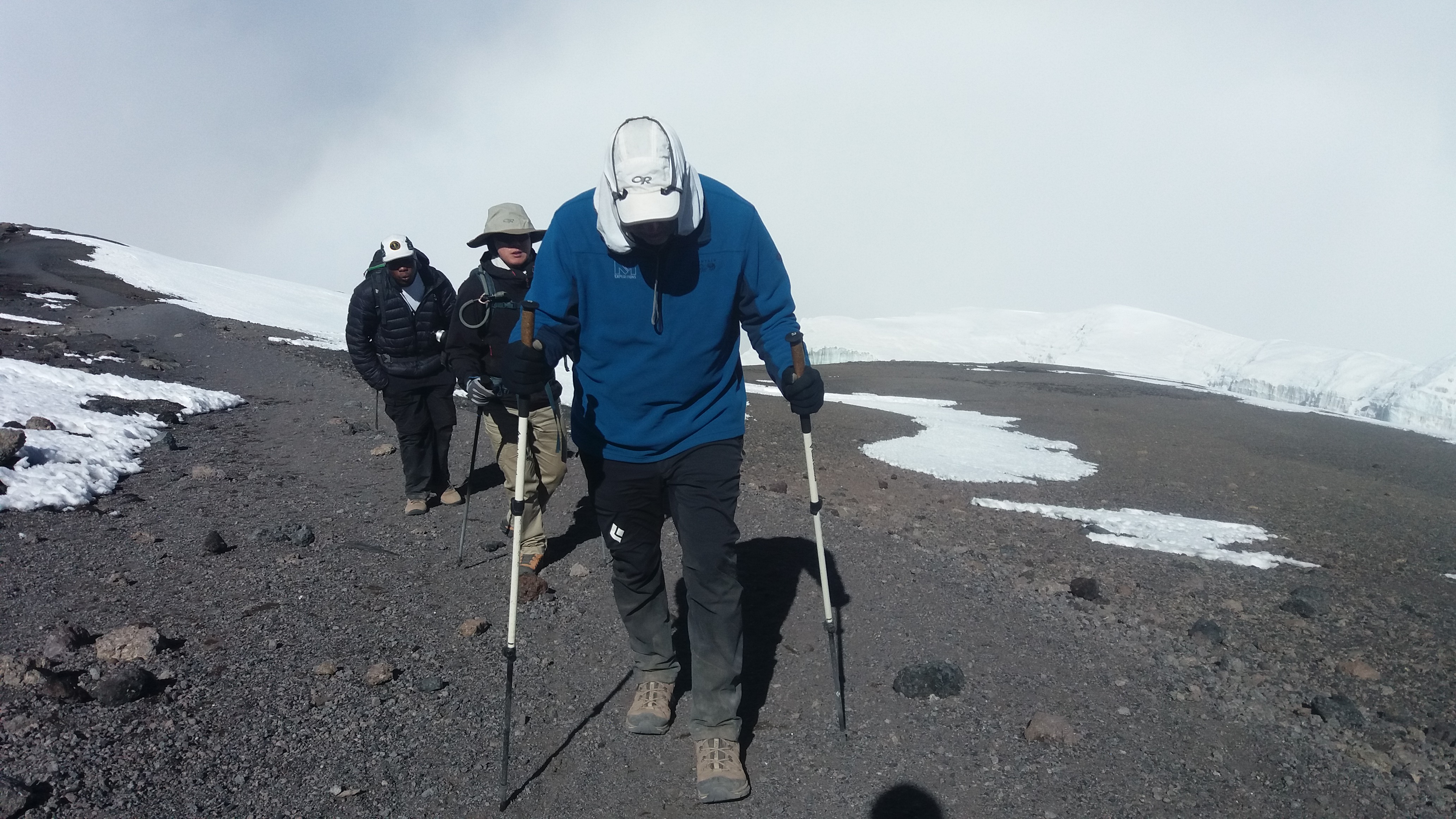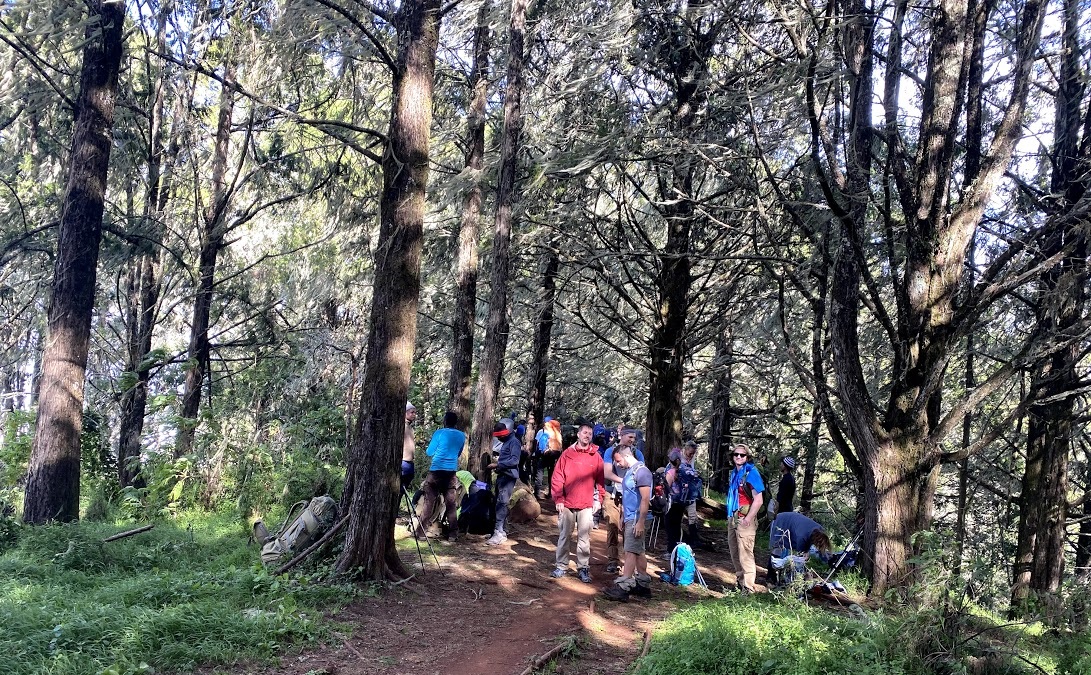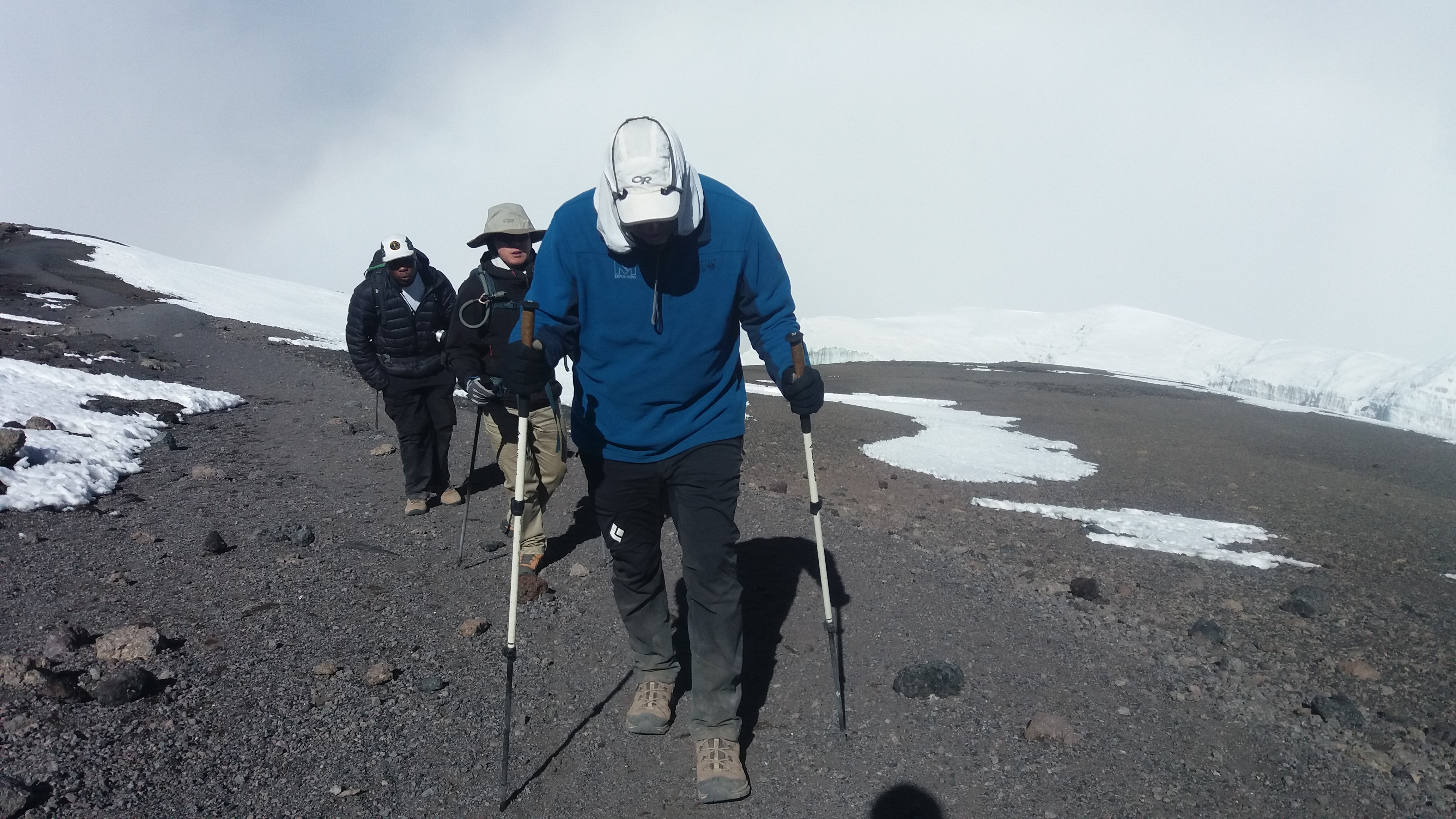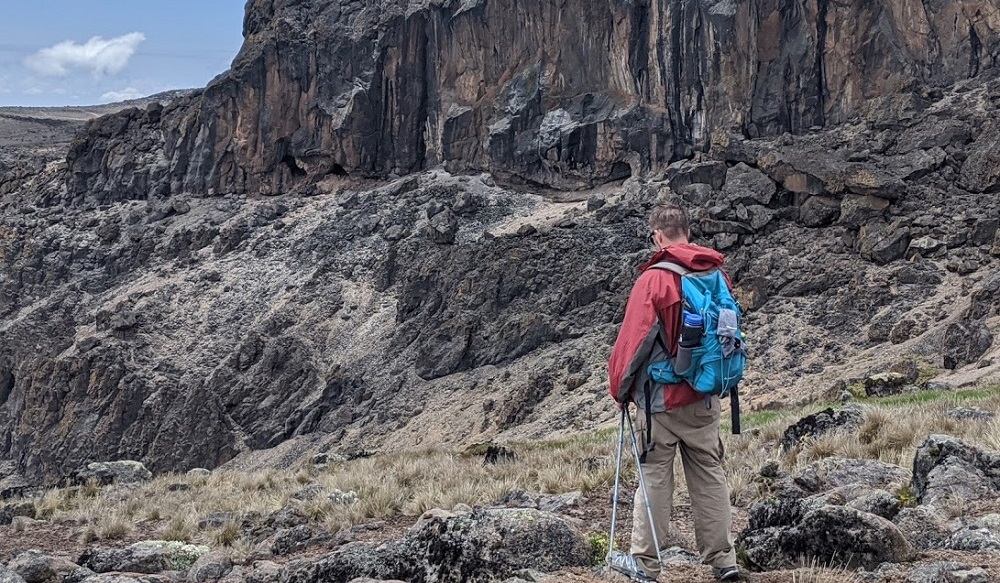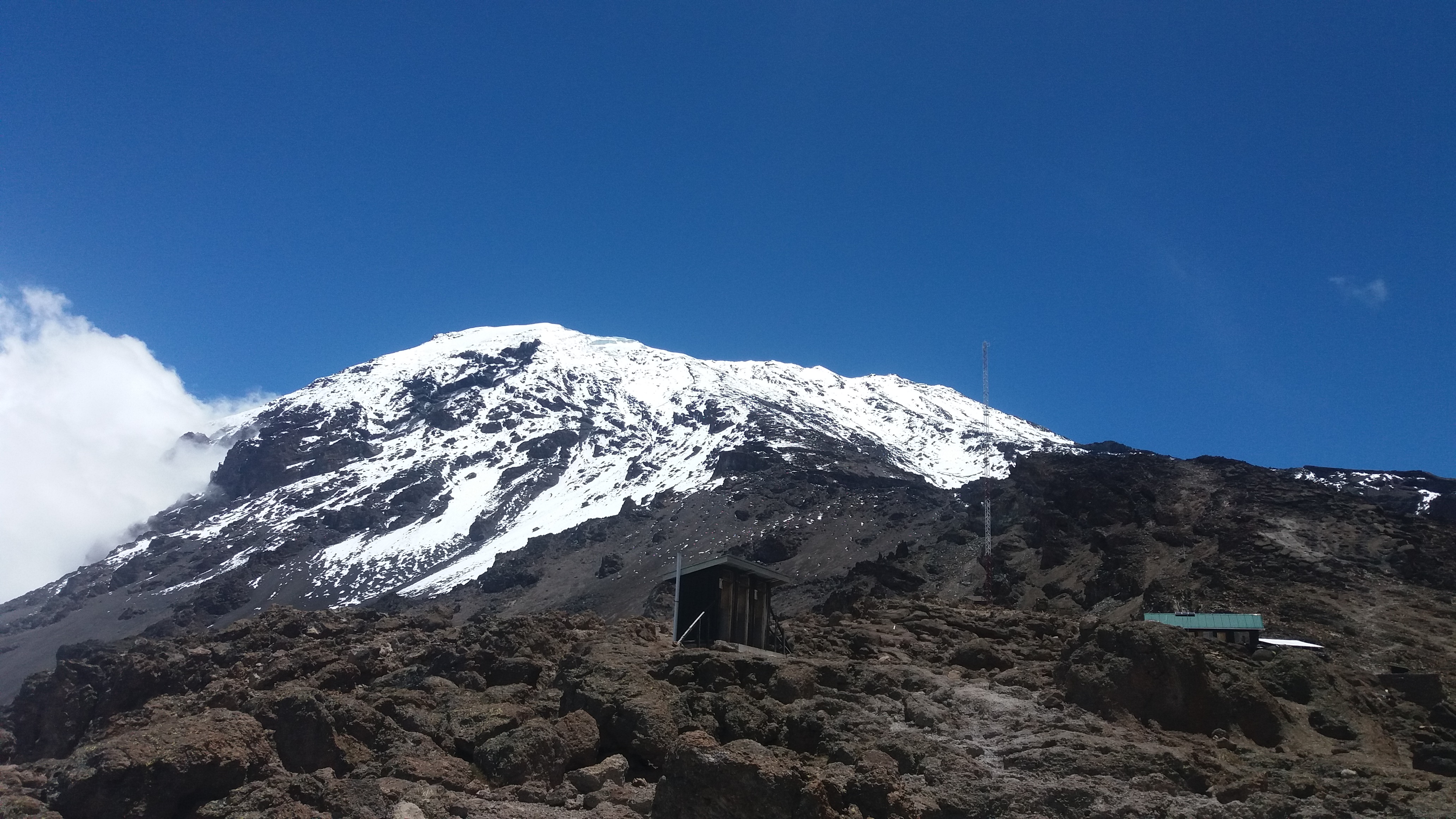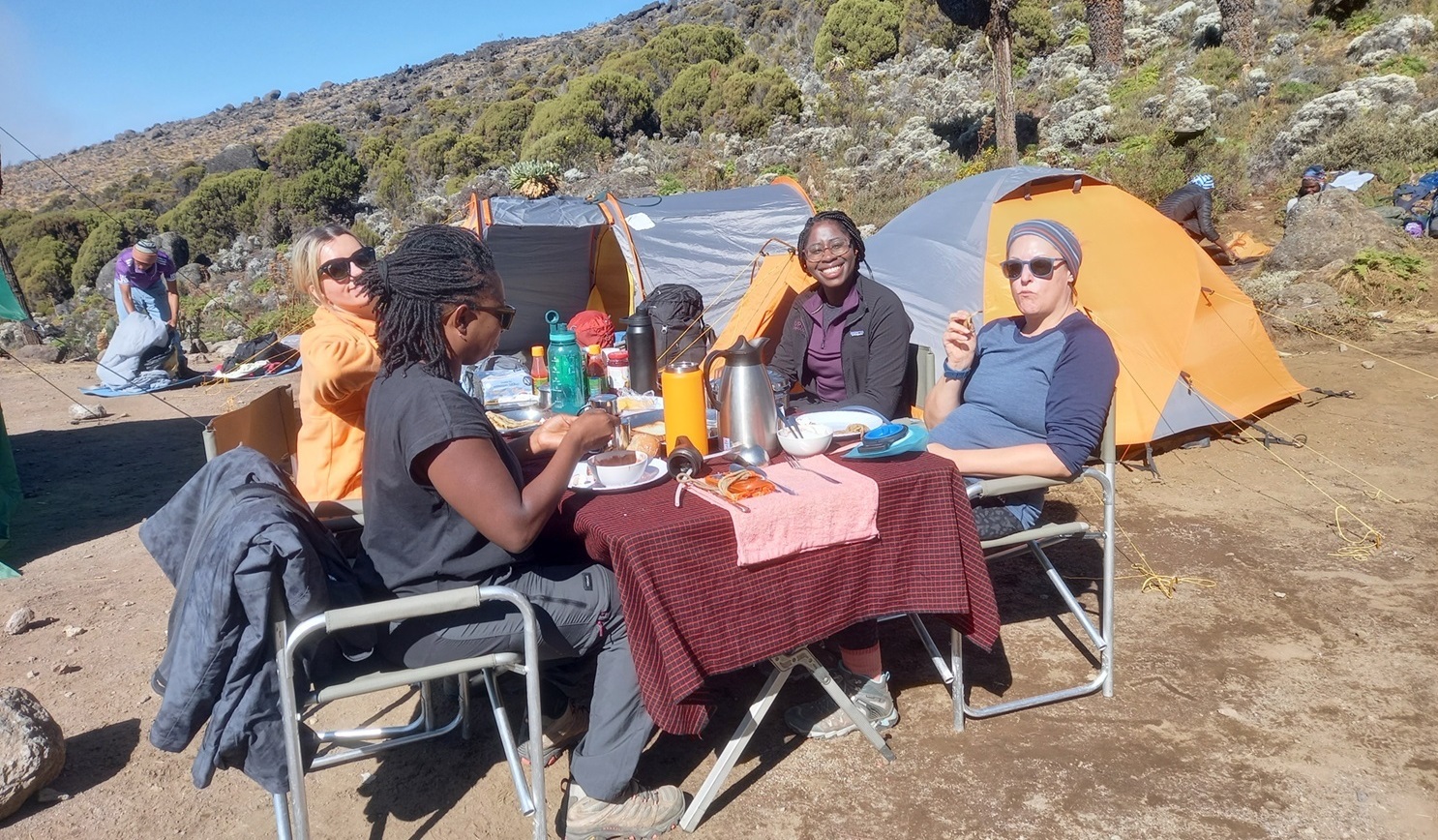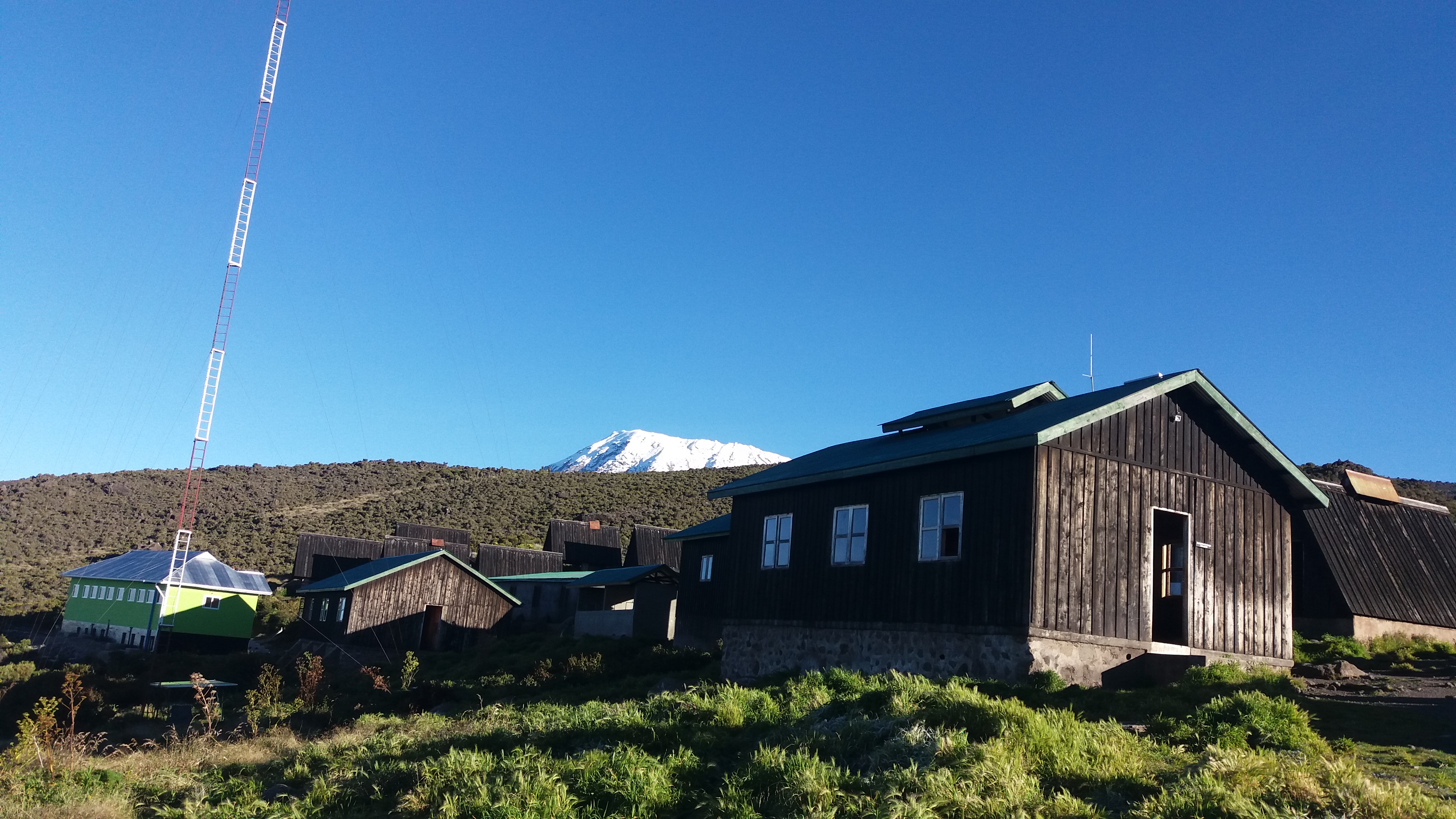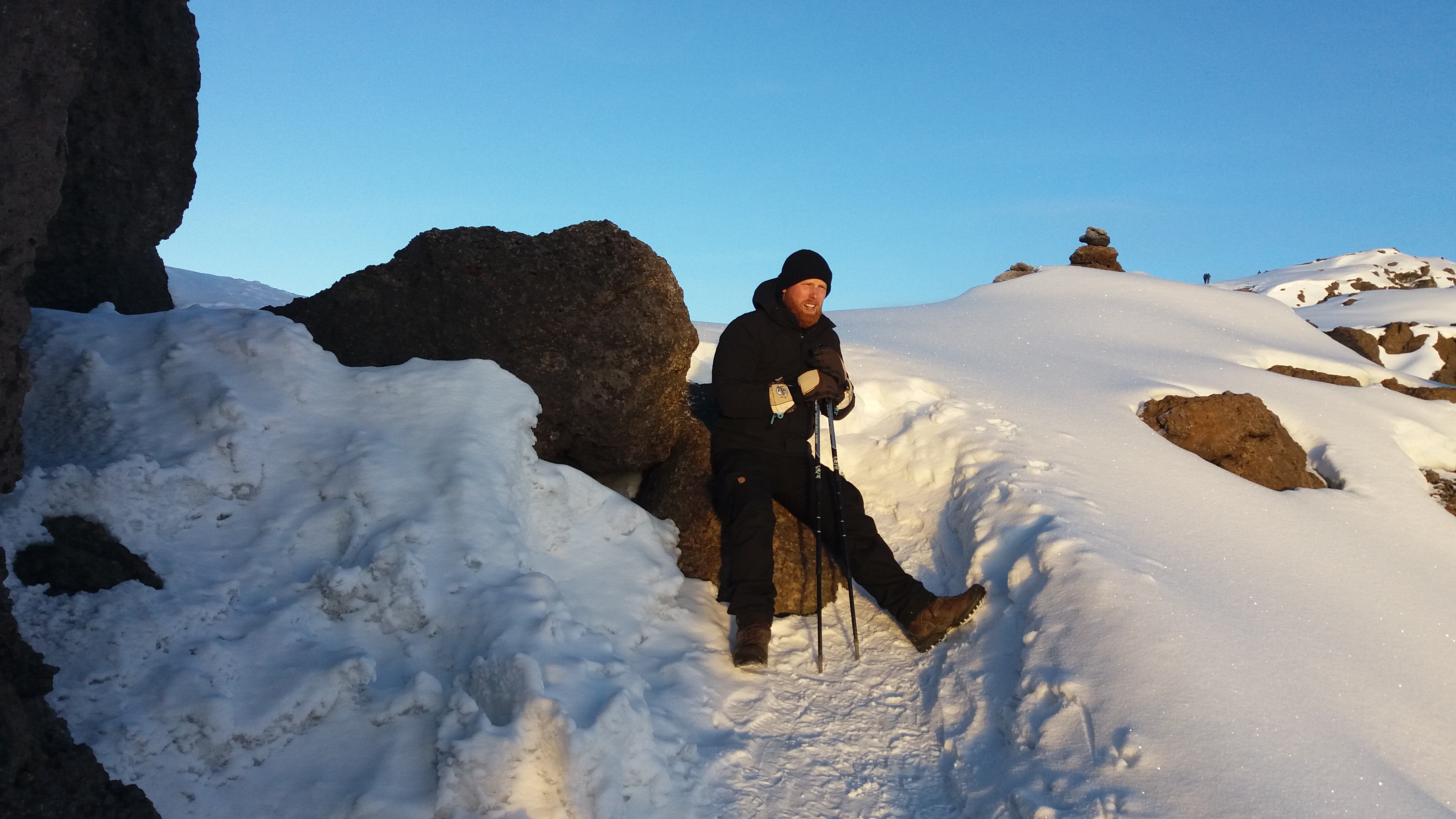Dry Season (June to October)
The most popular time to climb Kilimanjaro is during the long dry season, which runs from June to October. During this period, the weather is generally stable, with clear skies, sunny days, and minimal rainfall. These favorable conditions make the trails easier to hike, offer stunning views, and contribute to higher summit success rates. This period is often referred to as the “peak season,” not only because of the good weather but also because it aligns with summer holidays in Europe and North America, leading to a high number of climbers on the mountain.
While the dry season is ideal in terms of weather, the mountain can be quite busy, especially on the more popular routes. If you're planning to climb during this time, it's advisable to book your trek well in advance.
Short Dry Season (January to March)
Another excellent time to climb is from January to early March. This period is considered a short dry season and offers similarly good weather conditions. The skies are often clear in the mornings, although you may encounter some clouds in the afternoons. Temperatures are generally mild, and the trails are less crowded than during the main dry season.
This time is ideal for climbers who prefer a quieter experience while still enjoying favorable weather and a high chance of summit success. You may also see some snow near the summit, which adds to the scenic beauty of the trek.
Rainy Seasons (April to May and November)
There are two rainy seasons on Kilimanjaro: the long rains from April to May and the short rains in November. Climbing during these months is not recommended for most trekkers. Heavy rain can make the trails muddy and slippery, increasing the difficulty of the hike and lowering summit success rates. Additionally, cloud cover during these seasons can obscure views and make the trek less enjoyable.
The long rains in April and May are particularly intense, and many operators reduce or pause their trekking services during this time. November brings lighter, less predictable rain, and while it’s possible to climb then, it requires proper waterproof gear and preparation.
📌 Season Highlights & Tips
🌞 June to October – Peak Dry Season
Advantages: Clear skies, dry trails, warmer daytime temperatures, and beautiful panoramic views.
Drawbacks: Trails can be busy, especially around July and August.
Tip: Book early to secure permits and accommodations during this popular time.
🌤️ January to March – Quieter Dry Season
Advantages: Fewer crowds, good weather, and excellent visibility. Snow is more likely near the summit, adding scenic beauty.
Drawbacks: Slightly colder at higher altitudes.
Tip: Great option for photographers and those who prefer a more peaceful trek.
🌧️ April to May – Long Rains
Advantages: Lush scenery and quiet trails.
Drawbacks: Heavy rains make trails muddy and slippery, increasing the challenge.
Tip: Only suitable for experienced trekkers with proper gear and a high tolerance for wet conditions.
🌦️ November – Short Rains
Advantages: Less crowded and cheaper prices.
Drawbacks: Rainfall can be unpredictable, especially at lower altitudes.
Tip: May be manageable with proper gear, but not the best for first-time climbers.
Choosing the Right Time for You
If you're looking for the best weather and highest success rates, June to October is the safest choice. However, if you’d rather avoid the crowds and still enjoy good conditions, January to March is a great alternative. Climbing during the rainy seasons should only be considered by experienced trekkers who are prepared for challenging weather conditions and don’t mind sacrificing some comfort and visibility for a quieter trail.
